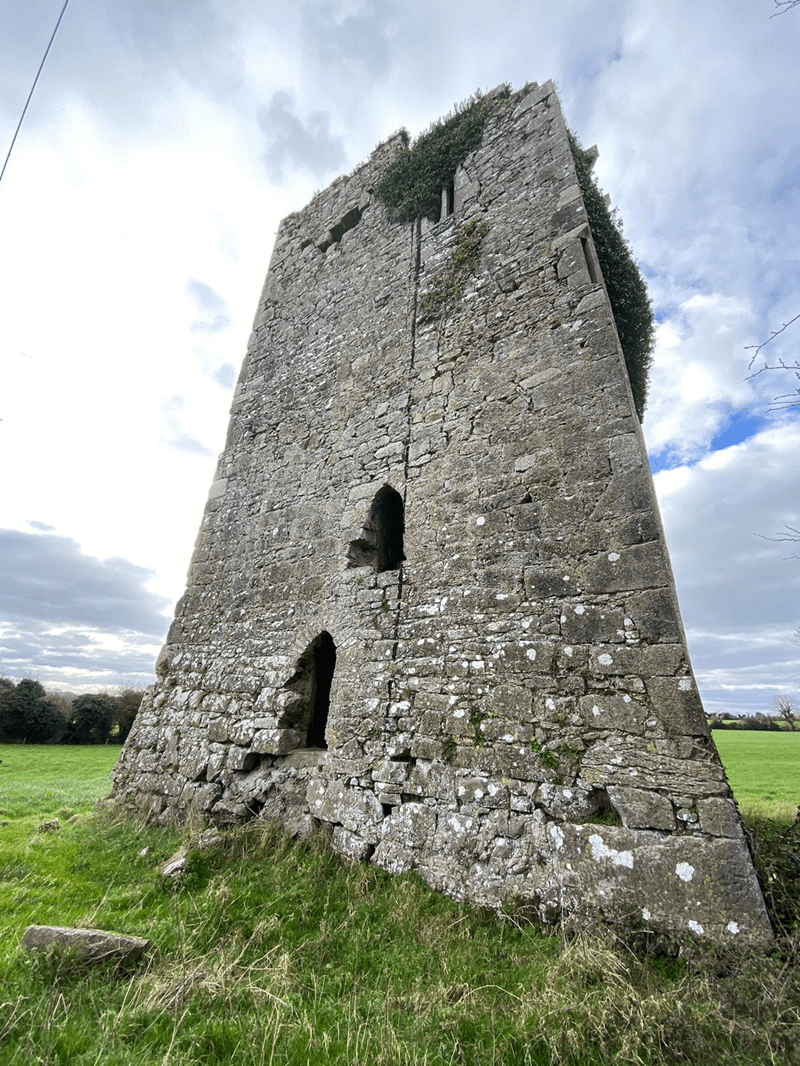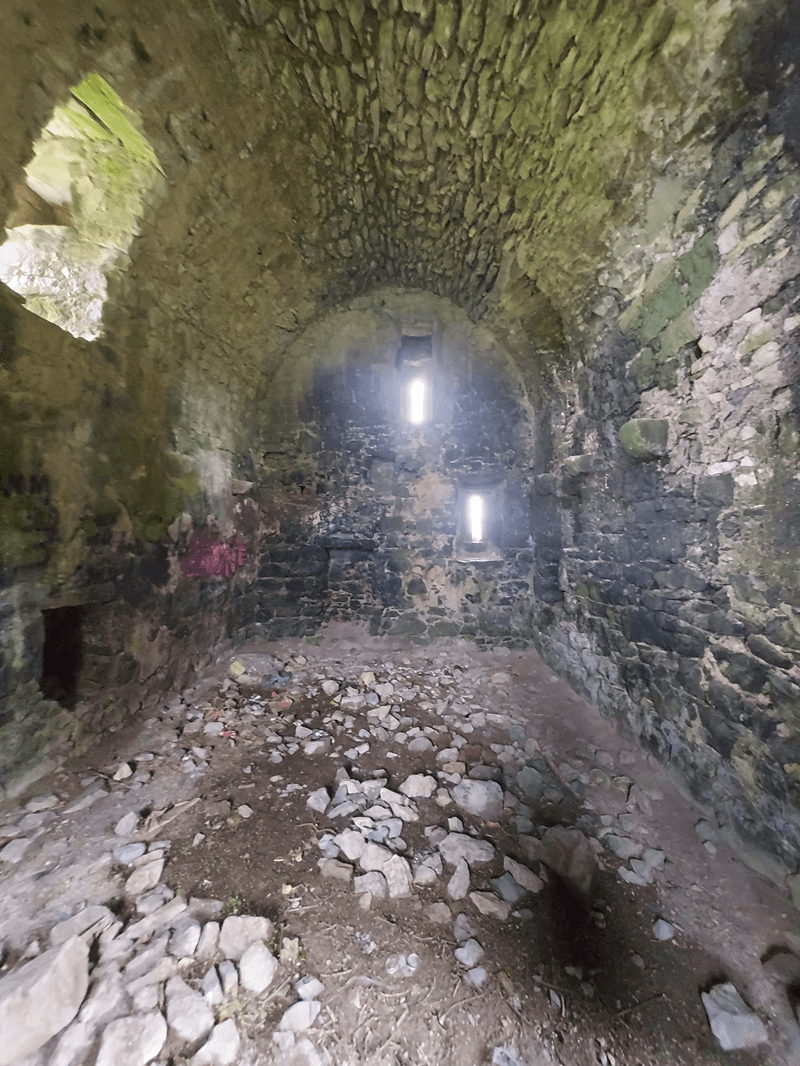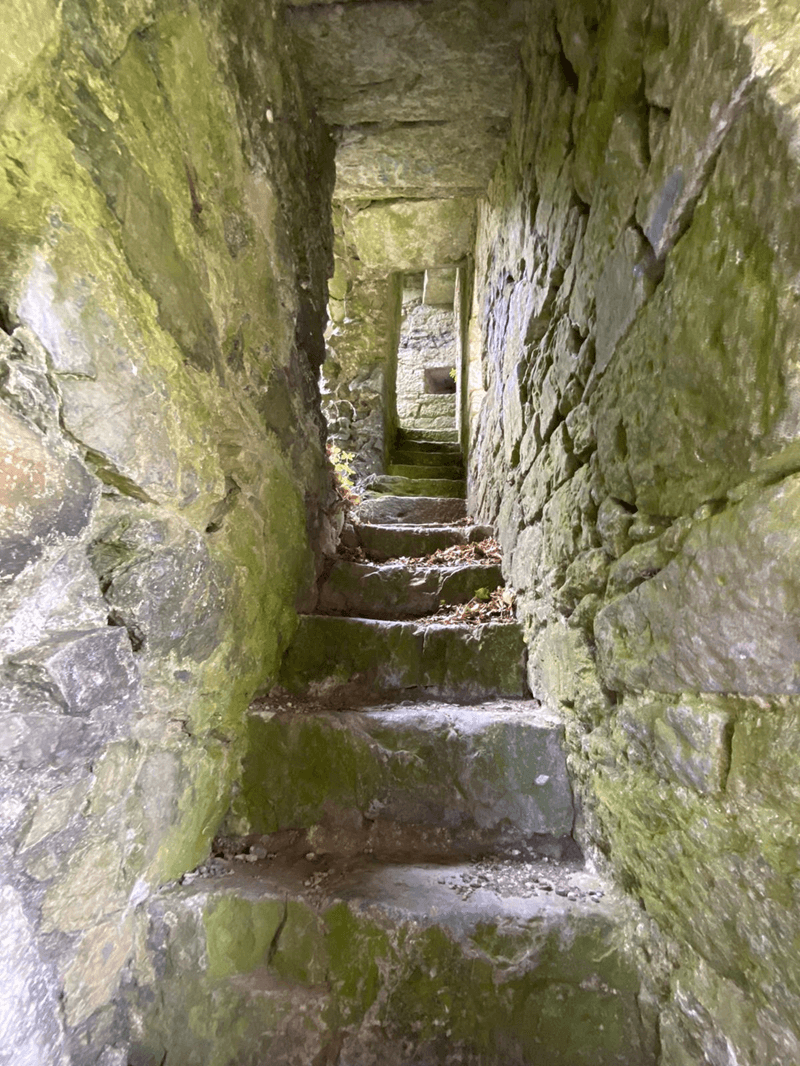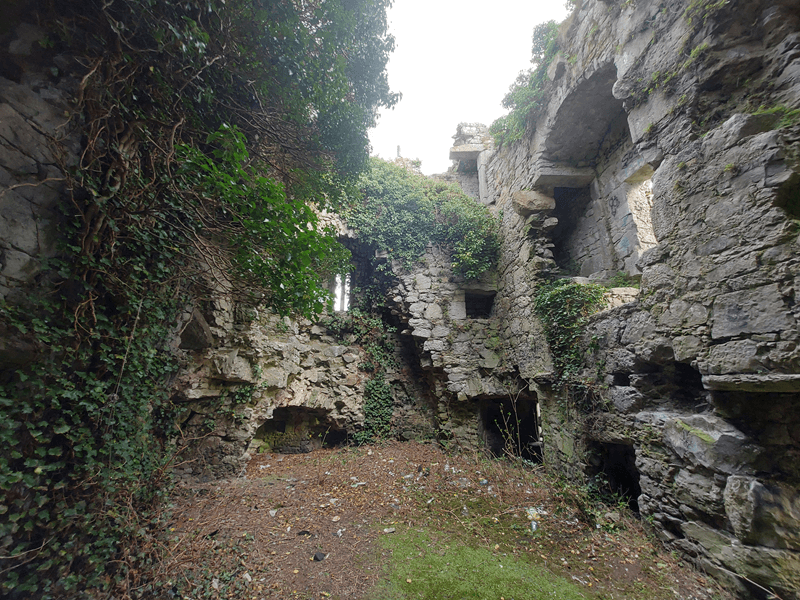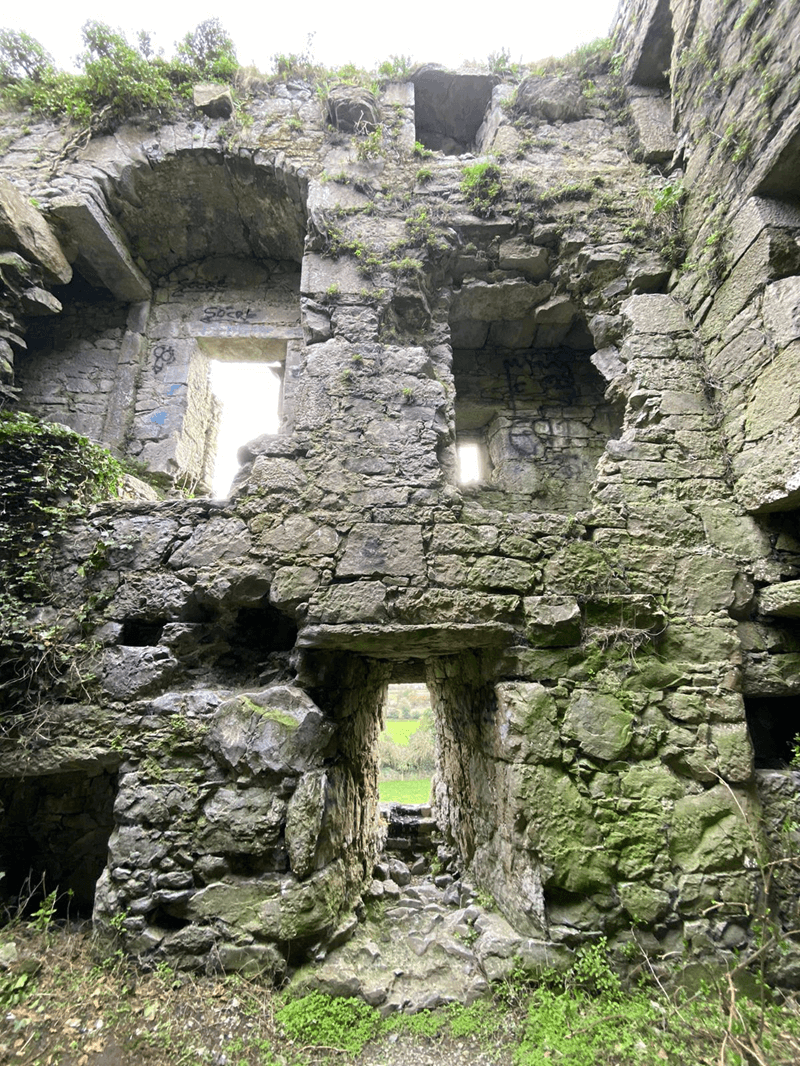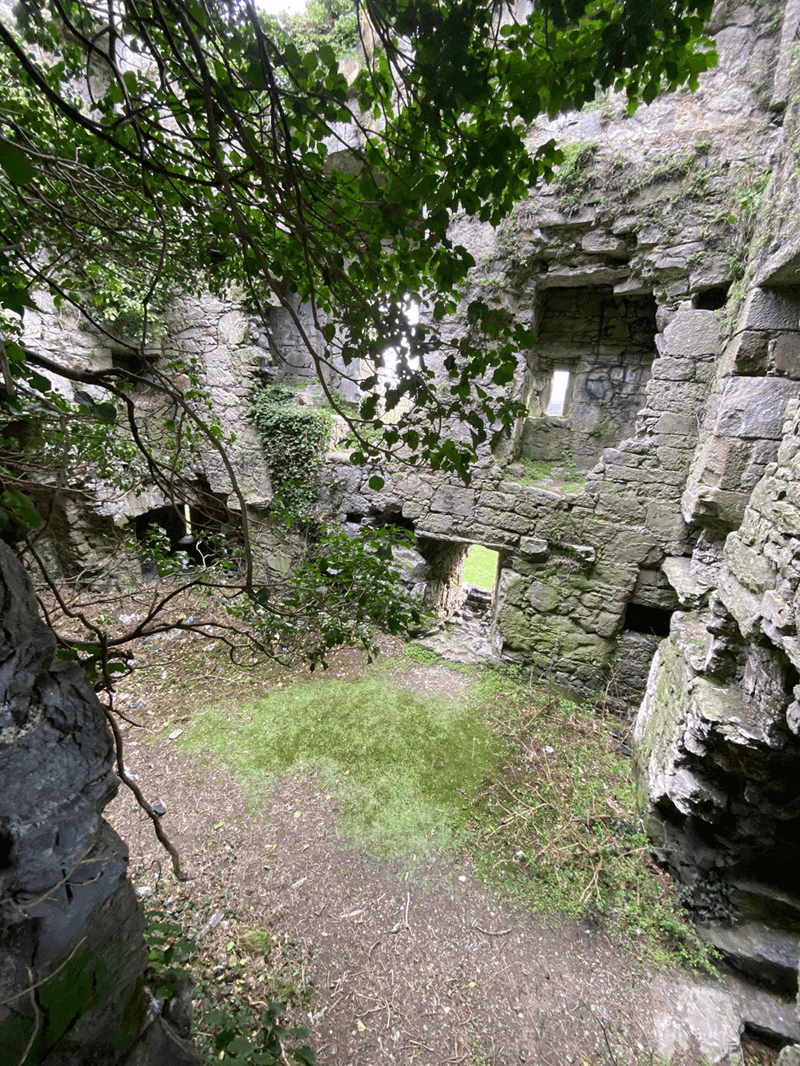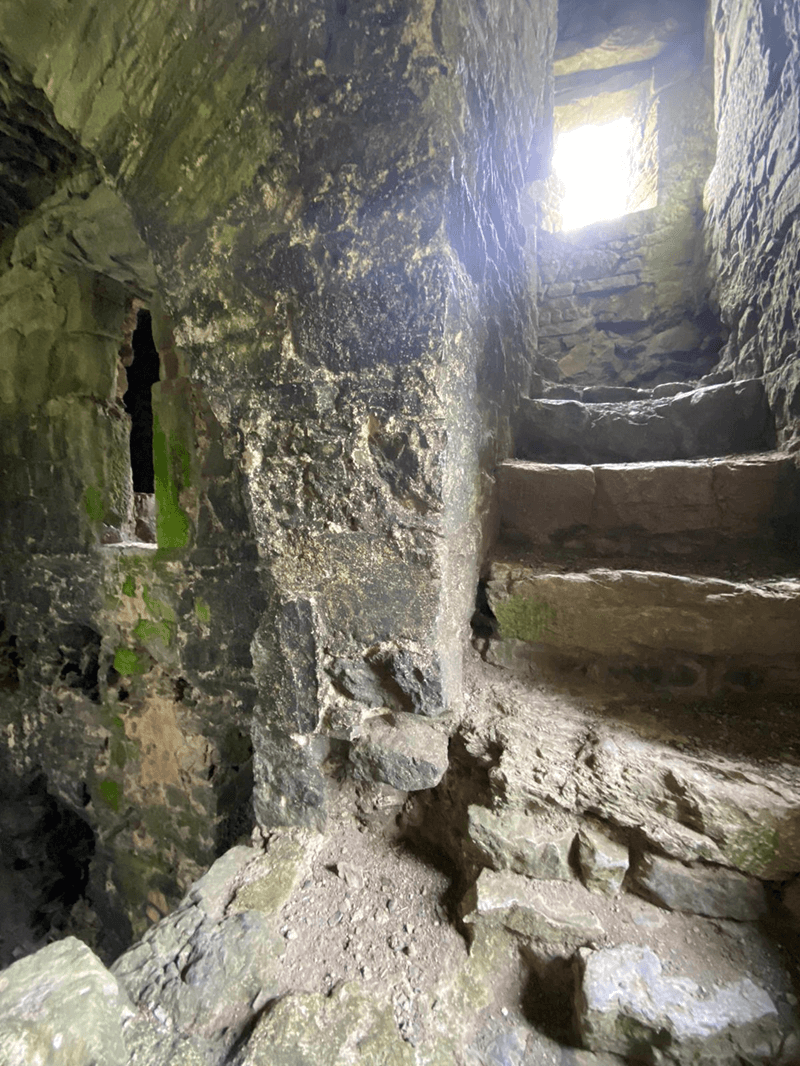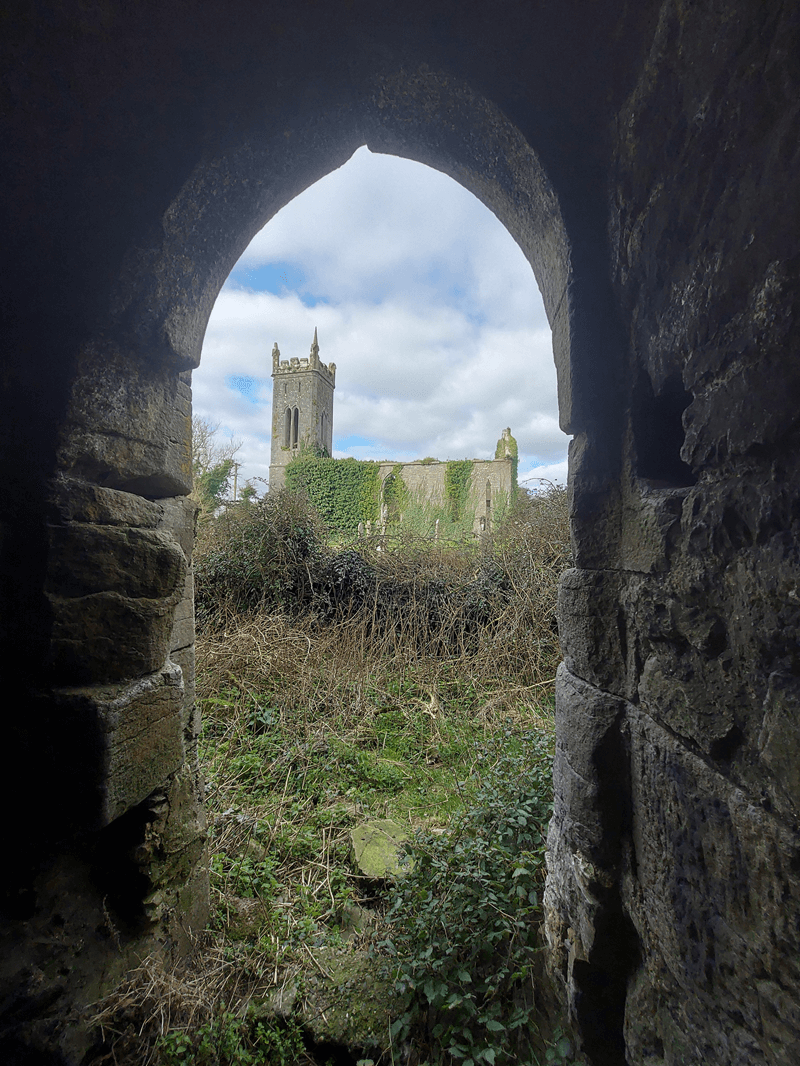History
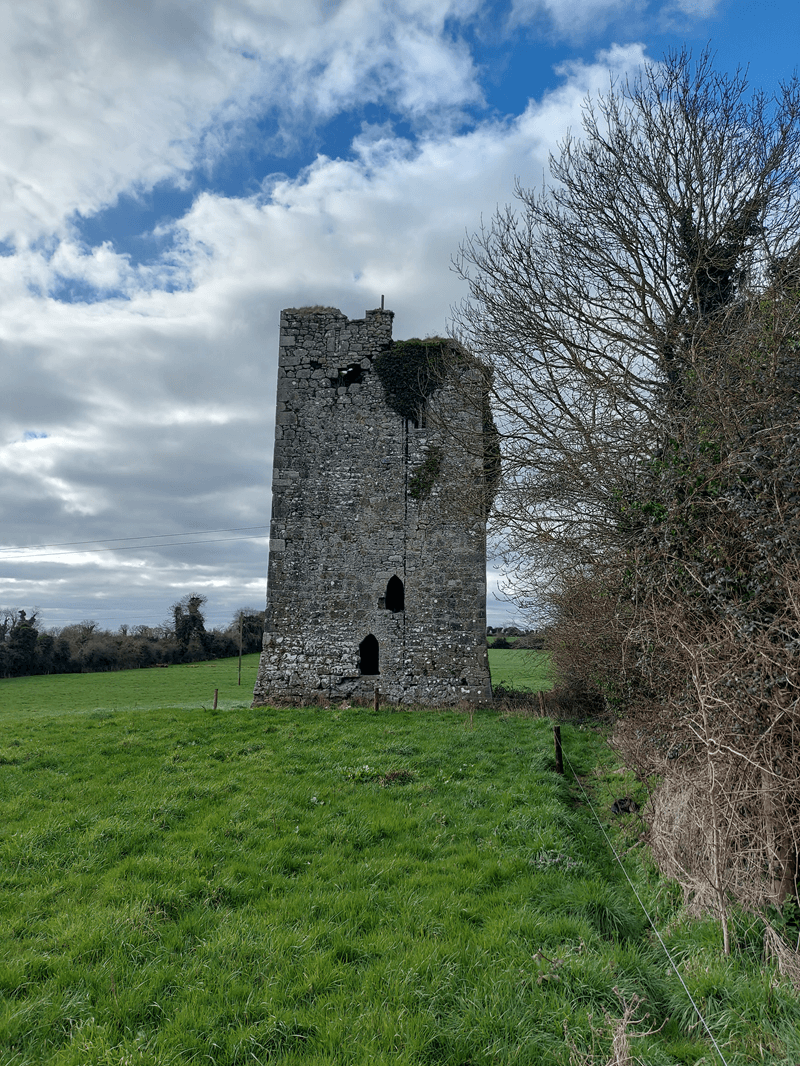
Before talking about this castle and the magical atmosphere that it creates, it is useful to give the visitor a brief introduction about the village where the castle stands. As stated in [1], the population of Lisronagh today is a significantly small fraction compared to what was recorded in the 19th century and even during the 14th century, when the land belonged to the de Burgh family.
It is thought [1] that a first castle in Lisronagh was erected by William de Burgh, founder of the House of Burgh in Ireland, the Anglo-Norman knight who came to Ireland in 1185 and to whom John, Lord of Ireland and later King of England, granted vast lands in Munster and Leinster [2]. However this building was demolished by Edmond Butler, eight Baron Dunboyne and Seneschal of Tipperary, in the 15th century [1].
The castle we can admire today is a 16th century tower house probably owned by the Butler family at least up untill the late 17th century [1]. In more detail, it is recorded that the castle was held by Ellyn Butler, late Countess Dowager of Ormond and the Earl of Ormond in 1664 [3]. The reasons why it fell into ruin are not clear [1]. According Ordnance Survey letters dating 1840, we know that at least the ground floor of the tower house was inhabited at that time [3].
Interesting details on the structure and the architecture can be found in [1, 3].
And also a legend enriches the mysterious charm of Lisronagh castle, narrated in [4]. As it was said that a treasure was buried in the old castle, some men came to dig for it, till they eventually found the gold under a flag [4]. At that point, a soldier riding a horse appeared around the church beside the castle and, when he reached them, they hook holy water around [4]. As the horseman vanished, they restarted digging, till a bull showed up [4]. Scared after seeing the bull, the men ranway and came back the day after, but there was no sign of the hole they had been digging [4].
References
- [1] The Irish Aesthete, Replete with Memories
- [2] Wikipedia, William de Burgh
- [3] Visions of the past, Lisronagh Castle, Tipperary, Ireland
- [4] Dúchas.ie, Hidden Treasure in Lisronagh Castle
